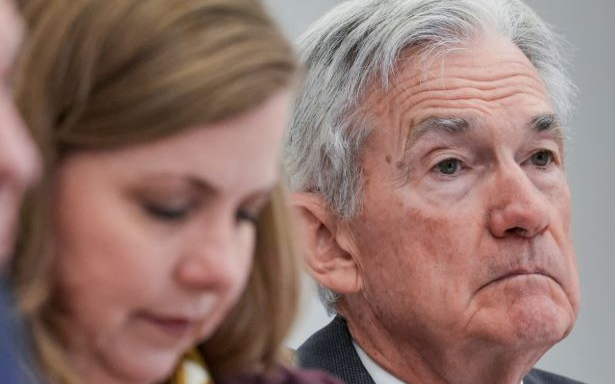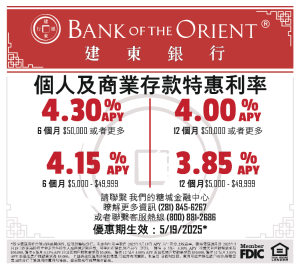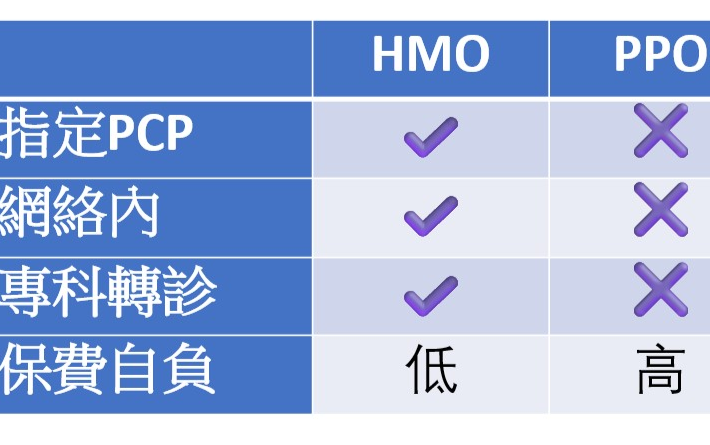點擊瀏覽 休斯頓黃頁 電子書
聯儲銀行應降息嗎

聯儲銀行應降息嗎
當前美國經濟處於一個微妙的轉折點,聯邦儲備系統(Fed)是否應該啟動降息,成為各界關注的焦點。在7月30日最新一次聯邦公開市場委員會(FOMC)會議上,利率維持在4.25%至4.50%不變,顯示聯儲仍處於觀望態度。然而,隨著經濟數據呈現出兩極分化的趨勢,關於是否降息的爭論亦日趨激烈。
一方面,從經濟基本面來看,支持降息的理由正在累積。儘管第二季GDP表面上達到3.0%的年化增長,看似強勁,實則內部消費需求僅增長1.2%,創下兩年半來新低,反映出實體經濟動力不足。此外,美聯儲最為關注的核心個人消費支出物價指數(PCE)已回落至約2.1%,距離其2%的通脹目標僅有一步之遙,顯示通脹壓力已明顯緩解。
部分市場專家與債券分析師甚至警告,若聯儲持續按兵不動,可能將經濟推向通縮螺旋,重演大蕭條時期的緊縮錯誤。聯儲內部亦出現不同聲音,部分成員如Micah Waller與Michelle Bowman已在會議中表達降息25個基點的傾向,顯示決策層內部已非鐵板一塊。
但另一方面,聯儲的觀點仍以穩健為先。主席鮑威爾強調,目前政策並未對經濟構成不當壓抑,應避免過早行動。同時,面對來自政治層面的壓力,聯儲也堅守其政策獨立性,不願因短期選舉或政治訴求而失去市場信任。此外,全球貿易環境仍存在不確定性,特別是關稅與供應鏈調整的變數,可能在未來引發通脹反彈,因此慎重仍為當務之急。
綜合各方觀點,聯儲會目前選擇“暫不動作”,但已為下半年可能的降息鋪墊政策空間。若第三季度經濟數據持續低迷,內需無明顯回升,而通脹保持受控,那麼9月起啟動降息的可能性將顯著提升。
結論上,聯儲是否應降息,關鍵不僅在當下,而在於未來數月中美國經濟是否能自我修復,或需靠政策助力渡過瓶頸。在這場政策博弈中,聯儲正在權衡的,不僅是利率數據,更是美國經濟未來的穩定與信心。
Rate cut necessary ?
The U.S. economy stands at a delicate turning point, and whether the Federal Reserve (Fed) should begin cutting interest rates has become a matter of intense debate. At the latest Federal Open Market Committee (FOMC) meeting on July 30, the Fed held its benchmark interest rate steady at 4.25%–4.50%, signaling a cautious wait-and-see approach. Yet, as economic data reveal a mixed picture, the case for rate cuts is gaining attention.
On one hand, there are mounting arguments in favor of easing policy. Although second-quarter GDP growth came in at a headline 3.0% annualized, underlying domestic demand grew by only 1.2%—its weakest pace in two and a half years. This points to sluggish momentum in the real economy. Moreover, the Fed’s preferred inflation gauge, the core Personal Consumption Expenditures (PCE) index, has eased to around 2.1%, hovering just above the 2% target and suggesting that inflationary pressures are largely under control.
Some market analysts and bond strategists warn that if the Fed waits too long, it risks tipping the economy into a deflationary spiral, echoing the policy mistakes of the Great Depression era. Even within the Fed, dissenting voices have emerged. Officials such as Micah Waller and Michelle Bowman have indicated a preference for a 25-basis-point cut at recent meetings, signaling that the debate within the Fed is far from settled.
On the other hand, the Fed’s leadership remains focused on stability. Chair Jerome Powell has stressed that current policy is not overly restrictive and that premature cuts could undermine credibility. The Fed is also determined to maintain its independence from political pressures, avoiding decisions that could appear politically motivated. Additionally, uncertainty in global trade—particularly tariffs and supply chain disruptions—could reignite inflation, making caution the safer route.
In short, the Fed is opting for patience for now, while leaving the door open for future rate cuts. If third-quarter data show continued weakness in consumer demand and the economy fails to regain momentum while inflation remains subdued, the Fed could start cutting rates as early as September.
Ultimately, whether the Fed should cut rates is less about the present moment and more about the trajectory of the coming months. The central bank is weighing not only economic indicators but also the long-term confidence and stability of the U.S. economy.































